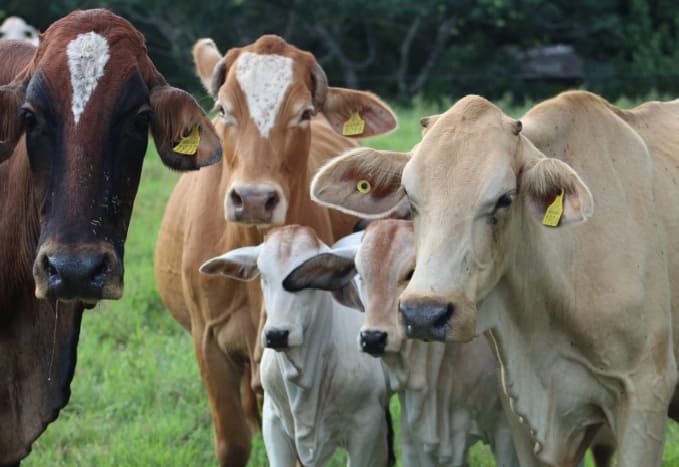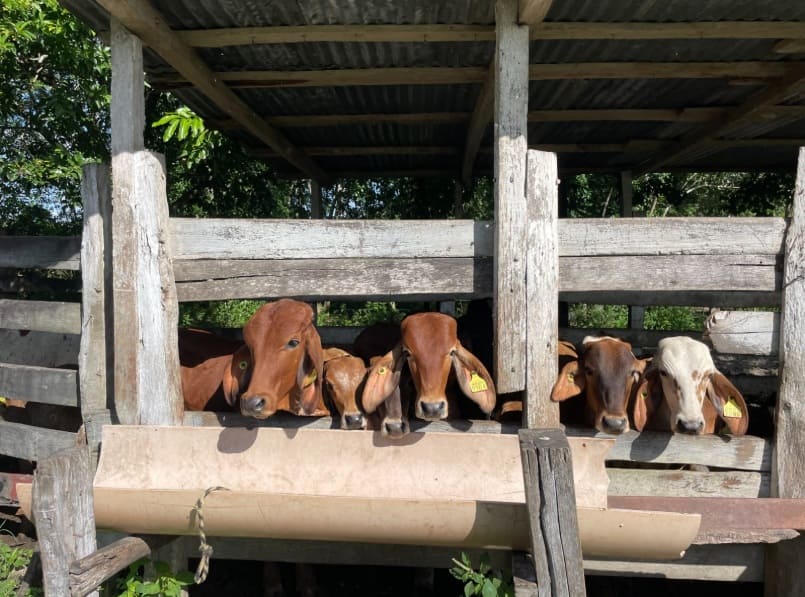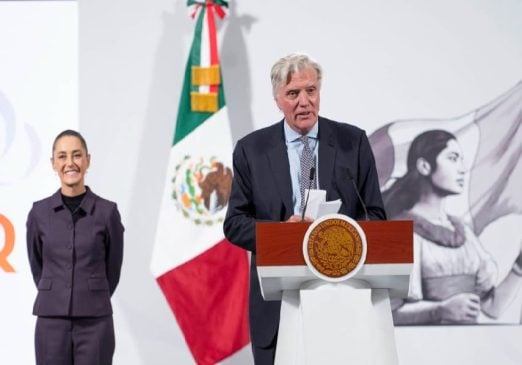Riviera Maya, Q.R. — The gradual reopening of cattle exports to the United States will begin on July 7. Exports were halted after cases of screwworm was found in Mexican cows. Jorge Aguilar Osorio, the Secretary of Agricultural, Rural and Fisheries, says the containment of cases of the screwworm in Mexico has achieved favorable results with the gradual opening of export to the U.S.
This containment is the result of a joint effort between the USDA’s Animal and Plant Health Inspection Service and Mexican authorities to strengthen surveillance, detection and eradication of the cattle screwworm.
The state has worked with ranchers to contain cases, issuing timely reports for proper follow-up. Aguilar Osorio noted that while 51 positive cases have been officially registered in Quintana Roo, only five remain active. He added that all affected cattle have received treatment.

“The work has been joint, hand-in-hand with the ranchers who have been our main allies along with the Animal Health Committee and the Mexico-United States Commission for the Prevention of Foot-and-Mouth Disease,” he said.
To achieve the results, he explained authorities made notifications in a timely manner to be able to treat their livestock without registering any losses. “We will continue in this way without letting our guard down since the problem is still latent,” said Aguilar Osorio.

He recapitulated that the first port for cattle exports will open on July 7 in Douglas, Arizona. The Columbus port will open on July 14, Santa Teresa in New Mexico will open on July 21 and Del Rio will open on August 18.
Ports in Laredo will open on September 15, according to information provided by the U.S. Department of Agriculture.

Aguilar Osorio reported that the gradual reopening of livestock imports is the result of the commitment of livestock farmers, as well as the coordinated work between different levels of government and institutions, which haav demonstrated technical capacity, health responsibility and a willingness to collaborate internationally.


